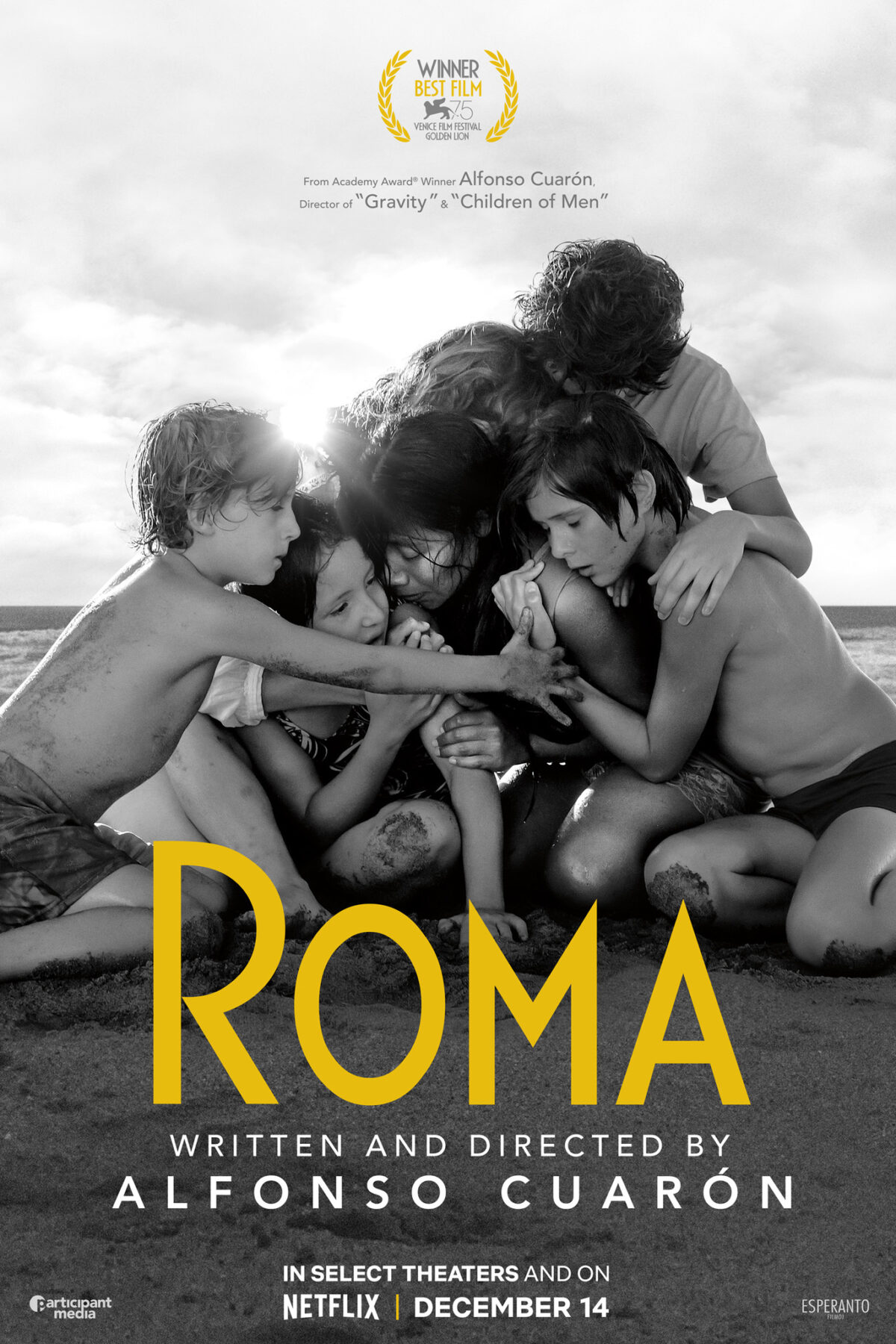I had to watch Roma three times to really appreciate the masterpiece that it is. And yet, I feel I may have only scratched the surface.
The visuals of Roma are drastically different from 99.99% of the movies that are playing right now. Reason? The camera is almost always panning – sitting in a corner and slowly following the movements of the characters. There are almost no cuts or close ups. In fact in most shots there is no static frame to speak of. The characters move freely, sometimes go out of view and then come back. There is no hurry to capture anything. This reminds me of the great Japanese filmmaker Yasujiro Ozu. Ozu’s trademark technique was still camera and very little movement. Like Ozu, Cuarón sometimes continues filming after the shot is over – the frame, the surroundings, the atmosphere – they are as important as the characters.
The opening scene of Roma reminded me of opening scenes of the Better Call Saul. You see the floor in a fixed frame. You hear sounds of door opening, water being poured on the floor. Slowly the water fills the floor in the frame and as it settles down you see reflection of the sky surrounded by grills. And if you are patient and observant, you will see a plane going through the sky. The movie ends on the same note but this time the camera pans to the sky and again we see an aeroplane. I would love to ask Cuarón, “Was the plane natural or CGI?” The purist in me wants it to be natural but the pragmatist in me realizes how extraordinarily difficult that would be.
Roma is a story of a house maid Cleo (Yalitza Aparicio) in Mexico during the seventies which was a period of great unrest. Cleo and another maid work for the family of Sofia (Marina de Tavera) and Antonio, their four children and Sofia’s mother-in-law. The maids do everything form cooking and cleaning to attending to children. There is a very poignant initial scene between Cleo and one of the children. The child lies down on the terrace and when Cleo asks what happened, he says “I am dead. I can’t talk.” So Cleo mimics him and lies down besides him. After resting for minute she says, “I like being dead.”
Cleo’s boyfriend leaves her when he learns that she is pregnant. And ironically, Antonio also leaves Sofia and the children and goes to live with his mistress. Despite the huge class difference between them, Cleo and Sofia find themselves in a similar position, after their men have deserted them. The story and the characters are based on Cuarón’s own experiences, his father also left when he was a child. In fact, the movie is shot in a house that is right in front of the house where Cuarón grew up, in the neighborhood called Roma.
Although shot in a very simplistic manner, the story shows deep understanding of human nature, similar to the characters of Charles Dickens or Anton Chekhov. Near the end, Cleo saves the children from drowning even though she cannot swim. In the aftermath when all of them are crying on the beach (the most famous scene depicted on the poster of the film), Cleo blurts out her guilt ridden confession about her baby that was stillborn, “I didn’t want her to be born!”
I have already mentioned the cinematography aspect but I feel compelled to return to it. Cuarón shot this movie himself and I am in awe of the brilliant work that he has done. I get goosebumps every time I watch the drowning scene. It is about 5.5 minutes long and is shot without any cuts. The waves are crashing down and you can see the children really drowning. The usual way disasters are shot in movie is to move the camera and capture the scene from every angle with large number of fast cuts. Cuarón sidesteps all these conventions and only uses panning and tracking, no close ups. The result is far better than most CGI-equipped disaster movies.
Since the camera is panning for most of the movie, the actors never look directly at it so Roma never feels like a movie. In fact, the actors and especially the children, never seem to be aware of the presence of camera. The camera and the viewer are just sitting in a corner and watching everything unfold. The movie was shot in sequence and the actors were given the dialogues just minutes before. There were very little restrictions on the movements of actors. All of this resulted in spontaneous performances of the highest caliber. Both Yalitza Aparicio and Marina de Tavera received Academy Award nominations for Best Actress and Best Supporting Actress respectively.
Even after watching it thrice, I fear I have not been able to fully appreciate Roma. Part of it has to do with the cultural barrier. A foreigner will always miss all the clues that are a result of the zeitgeist that the movie depicts. Much of it is lost in translation. Other reason has to do with qualia – the unique experience that I feel when I watch Roma. Then I fumble and try to put it in words but much of it is based on my own cultural conditioning.
In my last post I wrote that I don’t care if the movie is commercial or experimental, it should just keep me engaged. I don’t know which category Roma belongs to but it not only kept me engaged but enthralled me and enriched me.


